Most of us have a story to tell about a dream that was weird, fascinating, frightening or funny.
Some dreams are fleeting and easy to forget, while others are vivid, memorable and often recurring.
But regardless of the sorts of dreams we all have – and science suggests we do all dream, even those of us who think we don’t – it can be hard to know how to interpret the seemingly-random images that our sleeping brains sometimes conjure up.
However one Tasmanian woman has spent a long career deciphering dreams – and she says there’s actually more science to dream interpretation than you might expect.
Jane Teresa Anderson has been working as a dream analyst for more than 30 years, and while she admits it’s a “very niche” profession, it’s a career she has found to be extremely rewarding.
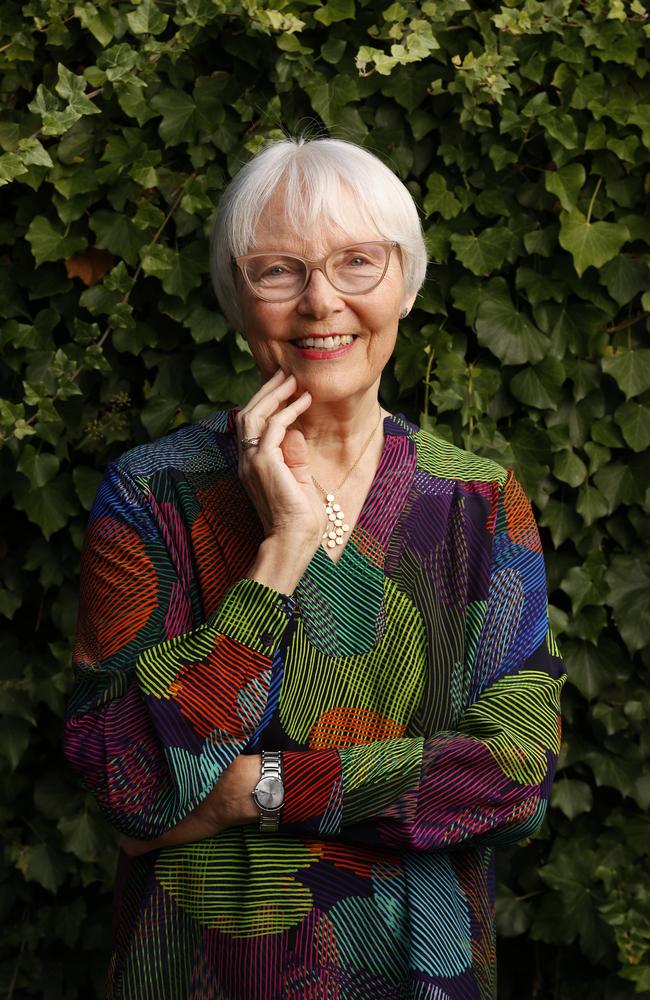
The 70-year-old from Sandy Bay spends her days in Zoom, phone and email consultations with clients from across the globe – all are eager to learn more about their dreams and ultimately gain a better understanding of what’s happening in their minds and bodies as they sleep.
Some are simply curious about what specific dreams might mean, while others take a more therapy-based approach, using their dreams as a way to identify and resolve deeper issues.
Originally hailing from England, Anderson has written seven books about dreams and dreaming – distributed by major publishers including Hachette, Random House, Piatkus and HarperCollins over the past 30 years – and regularly features in major media across the globe, with articles spanning from major USA and UK newspapers and websites like Huffington Post to glossy magazines including Muse, Glamour, Australian Women’s Weekly, Good Health, and Women’s Fitness.
Anderson is particularly in-demand on TV breakfast shows and on ABC talkback radio, where she discusses her fascinating and unusual profession and interprets the dreams of curious viewers and listeners.

Anderson has a successful podcast – The Dream Show – which is now in its 16th year and is ranked among the top 5 per cent of podcasts worldwide.
Anderson also runs a number of online courses to help people interpret dreams – or even train to become a sleep analyst – and she’s also recently published her first novel, titled Ninth Life, which is a whimsical yet profound tale that centres around an intuitive cat who resides at a wellness centre.
While some might think that analysing dreams sounds a bit airy-fairy, Anderson’s interest is deeply rooted in science, and actually developed after the she graduated from the University of Glasgow with an honours degree in zoology, specialising in developmental neurobiology.
Anderson had what she calls “a brief post graduate affair with neurophysiological research at London’s National Institute for Medical Research” before she abandoned her PhD studies, and returned to Scotland.

“I’m really pleased, I never regretted it at all,’’ she says of stepping away from science, which eventually led her to become a dream analyst.
“I was so involved and interested and curious in the conceptual areas of being a neurobiologist. But when I stood there in the lab, trying to put electrodes in a goldfish’s brain, it was very difficult to do … it was very confronting, dealing with live animals.’’
She just didn’t feel that what she was doing was going to make a difference within society.
“I wanted to work in a more personally meaningful way to communicate complex scientific ideas to the broader community,’’ Anderson explains.
“I didn’t get my PhD and that’s absolutely fine – I look back and see the path that I took has led me to where I am today.’’
Life took Anderson on a few adventures – her first husband worked for the UN, and they spent a year living in Nigeria and another year living in Ecuador, welcoming two children along the way. And eventually, in 1984, the family ended up in Australia, with plans to stay for three years.
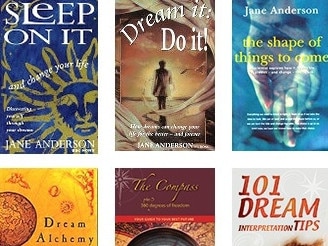
That was 41 years ago – and Anderson has happily called Australia home since.
And it was in Australia that her interest in dreams took off.
A string of unexpected conversations about dreams sparked curiosity within Anderson, who was determined to find out all she could about the science behind dreaming to better understand what our dreams might say about us.
“I had a month in my life where people seemed to be telling me their dreams for some odd reason,’’ she explains.
Anderson also thought back to her childhood, when “so many amazing and vivid dreams always had me so curious’’.
Back in those days, before digital technology had taken off and the World Wide Web was still in its infancy, there was no firm academic path Anderson could follow to study dreams, so she simply started reading everything she could find on the topic.
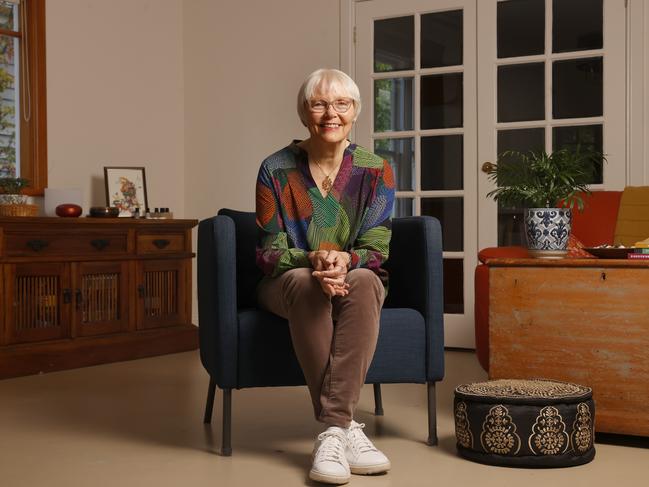
Then she carried out her own survey – she got a few hundred people together and got them to write down their dreams, along with information about their emotional state and any issues they were facing in life, and began to see that there was a clear link between a person’s daily life, and their dreams.
This led to a talkback radio segment in Brisbane – where she was living at the time – followed by her first book deal. Sleep On It, was published by HarperCollins in 1994, and then Anderson started accepting bookings from private clients.
With huge global interest in the New Age movement at that time, dreams were something that there was a lot of interest in. And, with Anderson’s scientific background, she felt she could bring added knowledge to the topic.
“I was determined to carve a different path, taking science as far as I could take it and adding in years of intuition,’’ Anderson says.
She admits that while her “scientific mind is, no doubt, evident in my approach to dreams’’ the process of working with dreams is also an “experience of heart”.
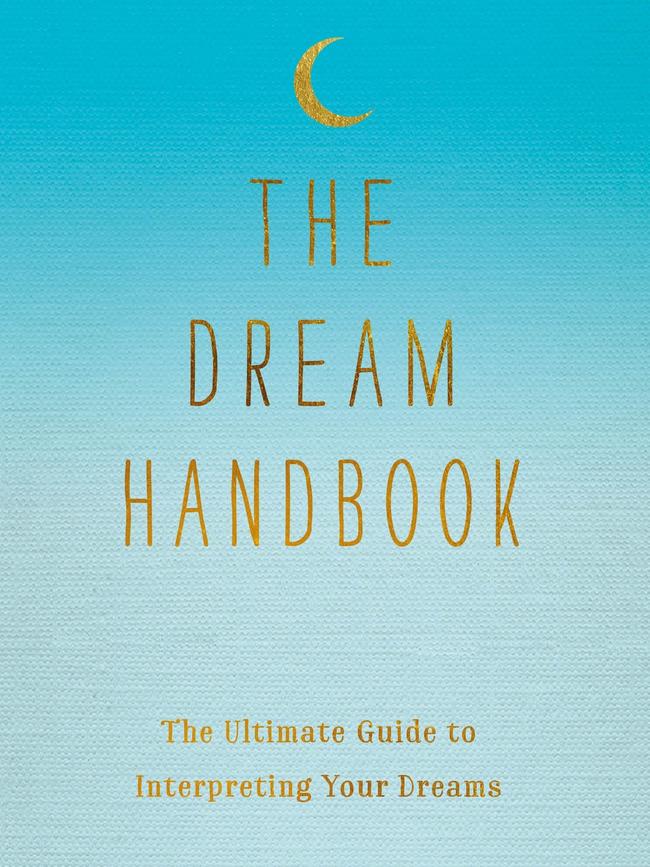

“After all, a dream is an intensely personal experience because it reflects your deepest feelings, emotions, values, and beliefs about life,’’ she says.
“It’s like a mirror that helps you to see and understand yourself and your life deeply, right into the depths of your unconscious mind.’’
Fast forward more than 30 years and Anderson continues to make a living as a dream analyst, typically consulting with up to three clients a day, usually for an hour at a time, while also recording monthly podcast episodes, in which she analyses the dreams of her listeners and shares dream interpretation tips and insights. She also has a series of online training courses, which start from $29, which have attracted students from 26 countries. Anderson’s clients and podcast followers hail from all parts of the world (more than half her podcast listeners are from America, many others are from Europe, while about 30 per cent are from Australia). Most are women – some are in their twenties, but Anderson says the majority are aged from their early thirties through to their eighties.
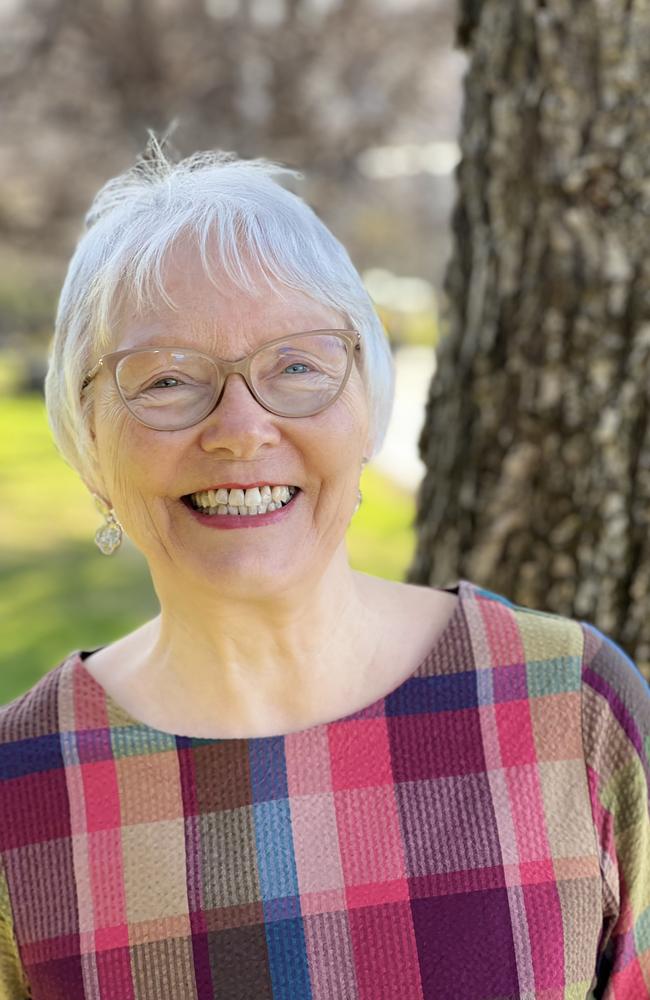
“When you experience a lot of challenge or change in life, your dreams are at their most surreal,’’ Anderson says.
She says when we sleep, and dream, our brain processes our waking life experiences of the past 24-48 hours.
It’s a bit like updating a computer hard drive, or sorting out an old-fashioned office filing system.
“You witness files from your past being opened and flicked through while your brain and mind are comparing notes, looking for older memories, beliefs, buried feelings, word associations, emotional associations, dates, anything and everything,’’ Anderson explains.
“You see bits of the last 24–48 hours (someone you met, a project that is on your mind, a character from a TV show) mixed up with bits from your past and all sorts of bizarre odds and ends that you don’t instantly understand (associations you have consciously forgotten which your unconscious mind has retained). This is why so many dreams have references to the past as well as to the present.’’

Our brain and mind are not totally focused on the past and memories though.
“The point of all this processing is to help you to survive and thrive, to build your own belief system to negotiate your way through life and remain safe,’’ Anderson says.
“The processing is about finding ways to deal with challenges and changes in your life, solving problems, coming up with creative solutions, learning from your experiences and projecting ahead to work out ways of approaching the future. When you look into a dream, you witness all this processing, comparing, sorting, discarding and creating. You are witness to how your mind works.’’
And she says dreams feel so real because this processing activates the same areas of your brain and mind that are activated when you are awake. For example, the visual areas of your brain are active when you are seeing something in a dream in the same way as they are when you are seeing something when you are awake.
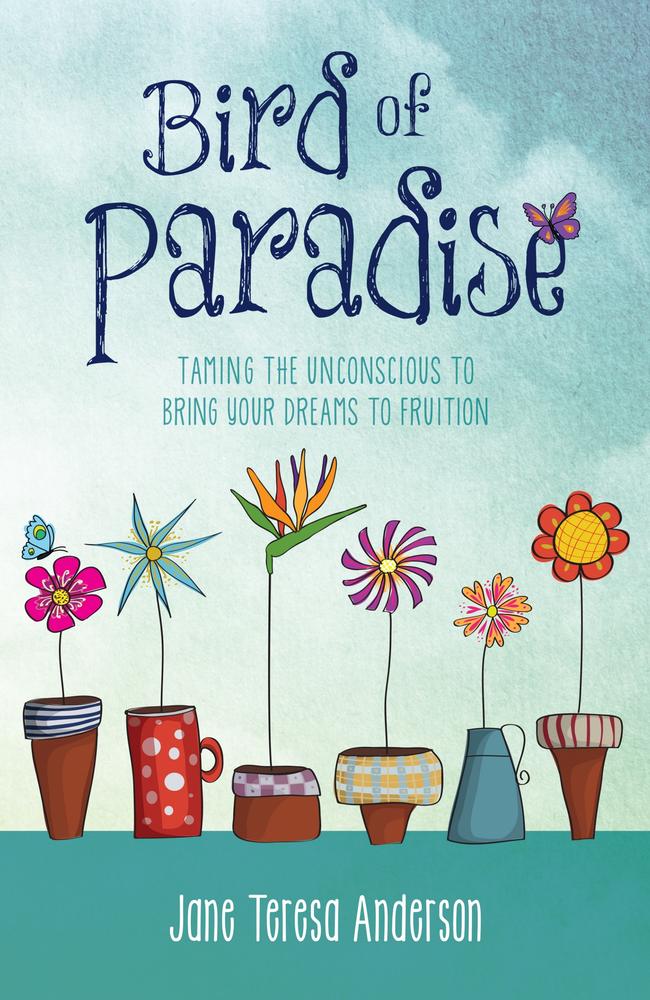
Some people may argue that they don’t dream, but studies show that if scientists put electrodes on people and monitor them while they sleep, patterns of dreaming are detected, even in those people who insisted they didn’t dream.
“We all dream, it’s just whether or not we remember them,’’ Anderson says.
She says many of us are conditioned in our younger years to forget about dreams – especially the scary ones – with parents often reassuring frightened children by saying: “Don’t worry, it’s only a dream’’.
Waking up each morning to the sound of an alarm is also bad for dream recall, as many of us are woken at the wrong part of our sleep cycle.
Anderson explains that the prefrontal cortex – the front part of the brain – is our moral compass and is responsible for things like reasoning, decision making, personality expression and social behaviour. But this part of the brain isn’t working very much when we dream, hence the “madness” of dreams.

The meaning of a dream is not always as straightforward as we might think. For example, if you’re being chased by a giant spider, the dream may actually have nothing to do with spiders, but may instead be related to a person or an issue you’ve been avoiding, perhaps a deadline at work that’s looming, or even an intense fear that you don’t want to face.
Anderson works with clients to explore their dreams, and work out how these dreams relate to what’s happening in their life, and what this can tell them about their unconscious mindset.
Sometimes limiting beliefs will be holding people back, sometimes people will be grappling with the impact of major life changes, sometimes they are struggling to deal with past trauma, and sometimes people simply feel lost and need new direction in life.
Some clients come to her because they are having such frightening and recurring dreams that they are unable to sleep properly. A recurring dream typically relates to a recurring and problematic issue in your life.
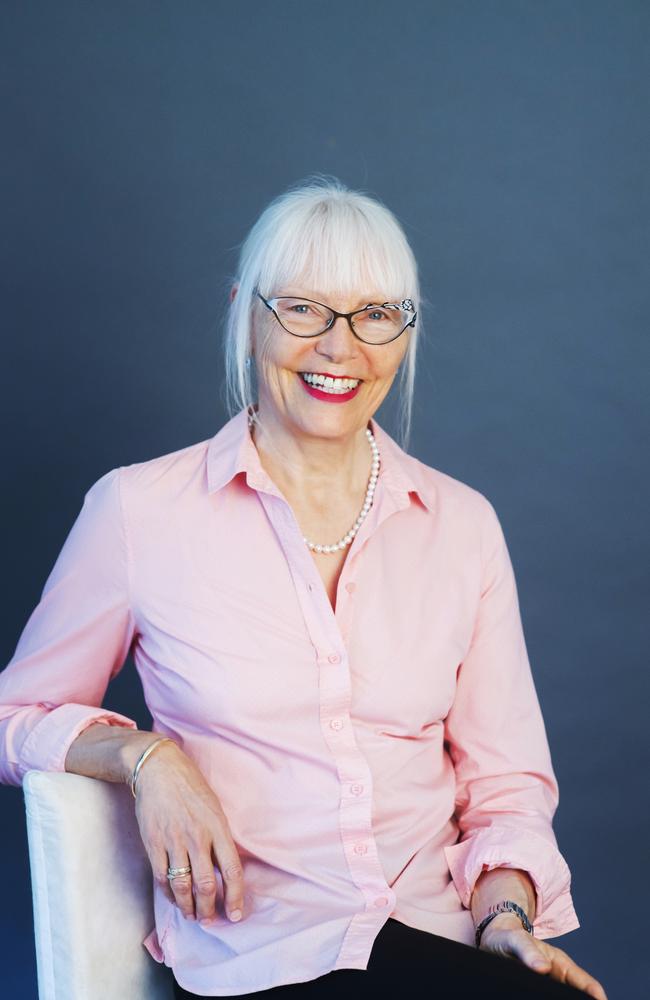
But, once people understand just how much their unconscious mind affects their mindset in day-to-day life, and realise that their dreams are reflecting particular aspects of their life, Anderson can help clients through various exercises to facilitate positive change and reprogram neural pathways.
“The joy, for me, is watching the changes people go through,’’ she says.
Anderson loves the fact that – while there are common dream themes that she sees regularly – no two dreams are ever the same, and the intricacies of every person’s dream is unique, just as they are.
Anderson moved to Tasmania six-and-a-half years ago with her third husband, Michael Collins – they were attracted by the state’s cooler climate and instantly fell in love with Tassie when they arrived here.
“We came down to have a look, and the moment we got off the plane I said ‘why didn’t I come here 20 years ago?’,’’ Anderson recalls.
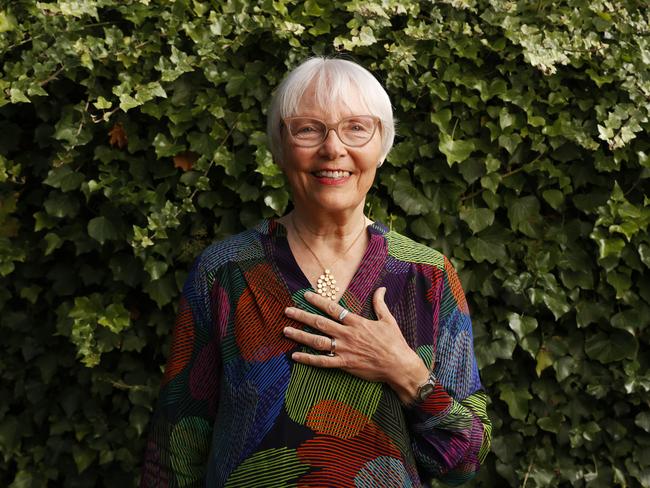
Sadly, Collins became unwell three-and-a-half years ago and died in October last year, leaving Anderson to farewell her beloved partner of 23 years.
She was writing her first novel, Ninth Life, throughout his illness, and is thankful that she finished the book in time for him to read – and enjoy – it.
People who meet Anderson in everyday life are fascinated when she mentions her unusual occupation as a dream analyst.
“Utter surprise is most people’s response,’’ Anderson admits.
“It is a very odd one to describe to people. Some people think maybe I’m psychic … but that’s very far from the case … I pretty quickly say that I’ve got an honours degree in science.
“People say why on earth did you get into this. But I love that I can help people anywhere in the world to better understand their dreams. It’s my gift to the world.’’
For details about Jane Teresa Anderson’s new book, Ninth Life, ($21.99 paperback, $4.99 kindle), her podcast The Dream Show, or any of her dream consultation services or training courses visit janeteresa.com
SOME COMMON DREAMS AND WHAT THEY MIGHT MEAN
BEING LATE (for an appointment, a flight or an event): the ways we hold ourselves back from our goals, or self-sabotage.
BEING UNPREPARED (to give a presentation, or take an exam): this can reflect feelings of inadequacy.
BEING BACK AT SCHOOL (often combined with being unprepared to take an exam): childhood issues and beliefs that are still affecting us.

BEING LOST: feeling lost or lacking direction.
FALLING: this can occur when ‘falling’ to sleep: the moment your muscles relax. If you’re dreaming about falling later in the night, it can reflect feelings of instability/insecurity, or fear of letting go.
FLYING: you need to look at other elements in the dream. It can be about ‘rising above’ a situation, looking for a higher perspective, reaching a higher potential, a tendency to escape, or becoming ungrounded.
BEING NAKED IN PUBLIC: this can reflect feelings of vulnerability, shame, or the courage of showing up as your authentic self – the bare truth revealed.

BEING STUCK OR TRAPPED: feeling stuck or trapped in some area in life.
LOSING TEETH: may reflect a sense of loss, but commonly a fear of speaking/saying too much.
BEING CHASED: running from an issue you don’t want to face.
CAN’T FIND A SUITABLE TOILET: can be prompted by a full bladder, but if not, feeling you can’t ‘let go’ – that you can’t release emotions or find privacy.

SLOW-MO (heavy legs, hard to move): meeting resistance, usually internally. Self doubt about your goal.
DEATH: can reflect change or endings, usually to allow room for new beginnings.
*Note: These meanings are not definitive – every dream is as unique as the dreamer, and even when we share common dream themes, the personal meaning of even the most common dreams still depends on the details of the rest of the dream and the dreamer’s response/feelings/associations to the elements of that dream.


Add your comment to this story
To join the conversation, please log in. Don't have an account? Register
Join the conversation, you are commenting as Logout
Romance boom: Tassie author pens 100th book
Tasmania’s Ris Wilkinson became an author at 44 with romance juggernaut Mills & Boon. At 66, she’s penning her 100th book as Melanie Milburne – as writers converge on Hobart for a national event.
Coal River vineyard dishes up quiet culinary bliss
With a striking cellar door, smart seasonal menu and standout wines this vineyard is a must-stop in the Coal River Valley. Come for the views, stay for the food and a second glass of pinot ...